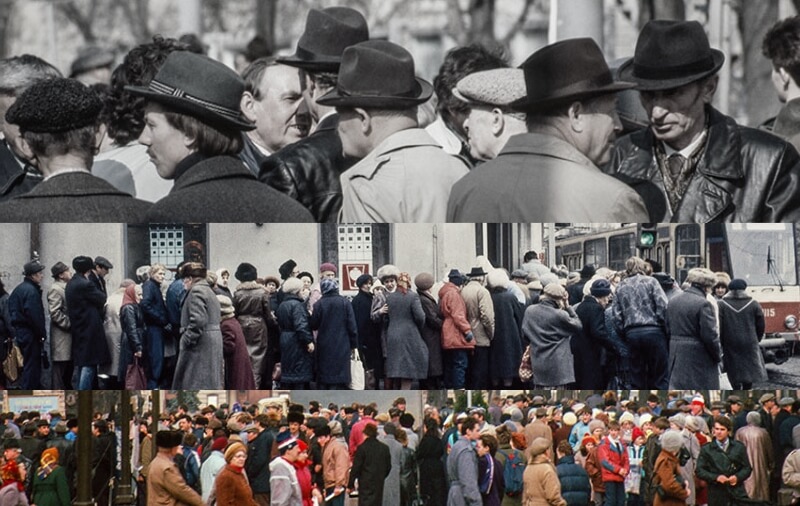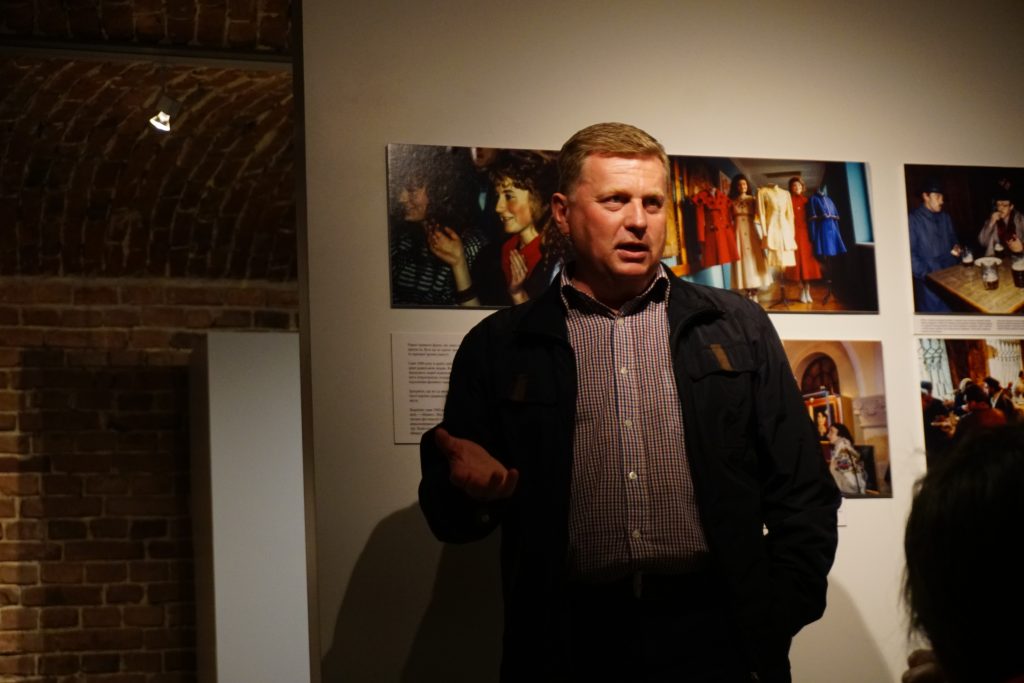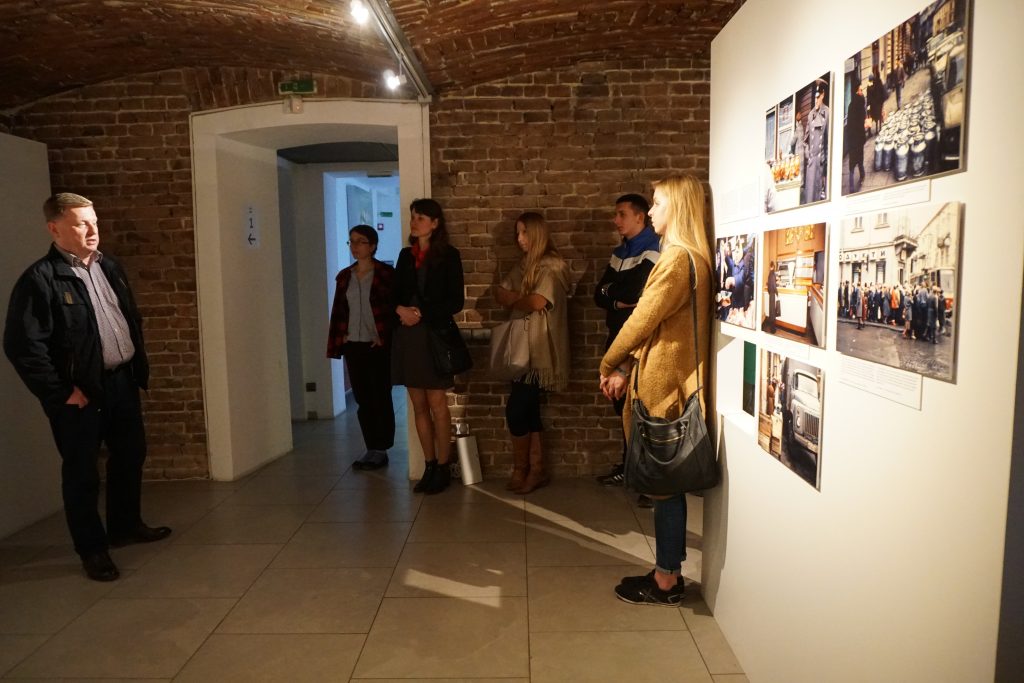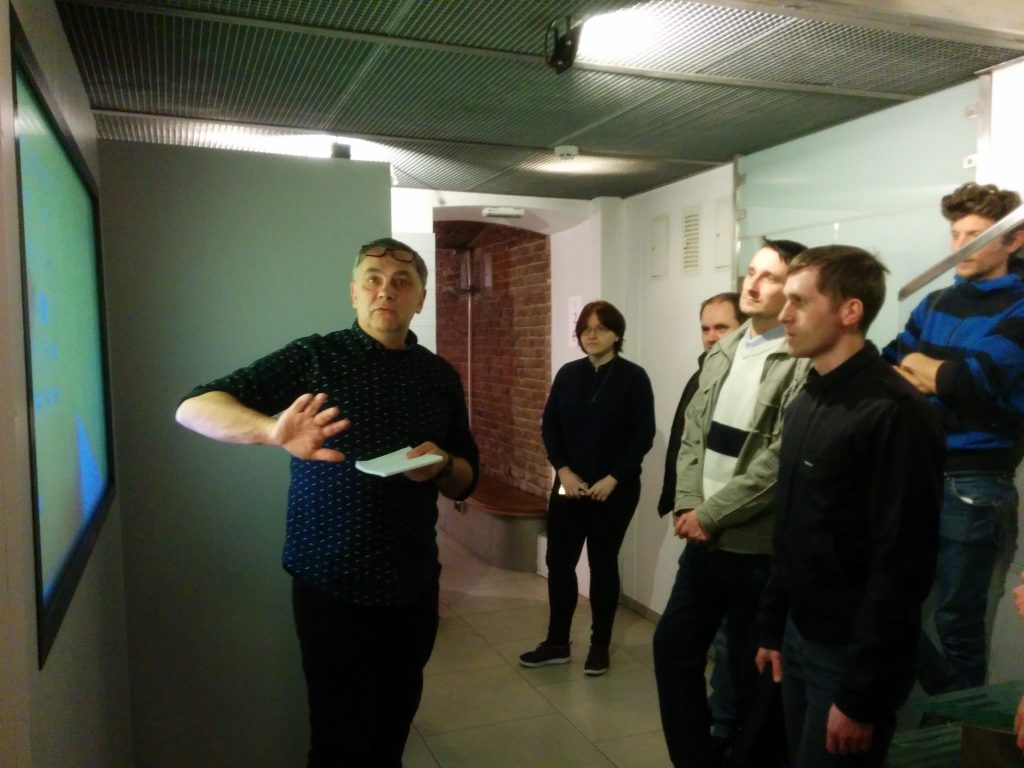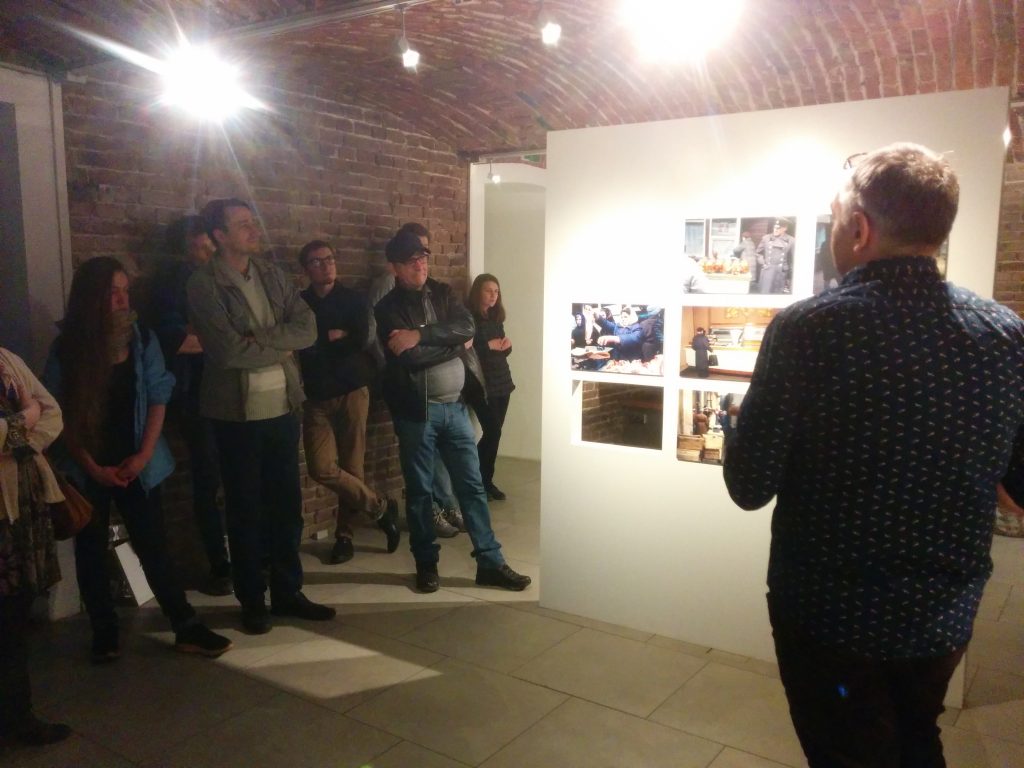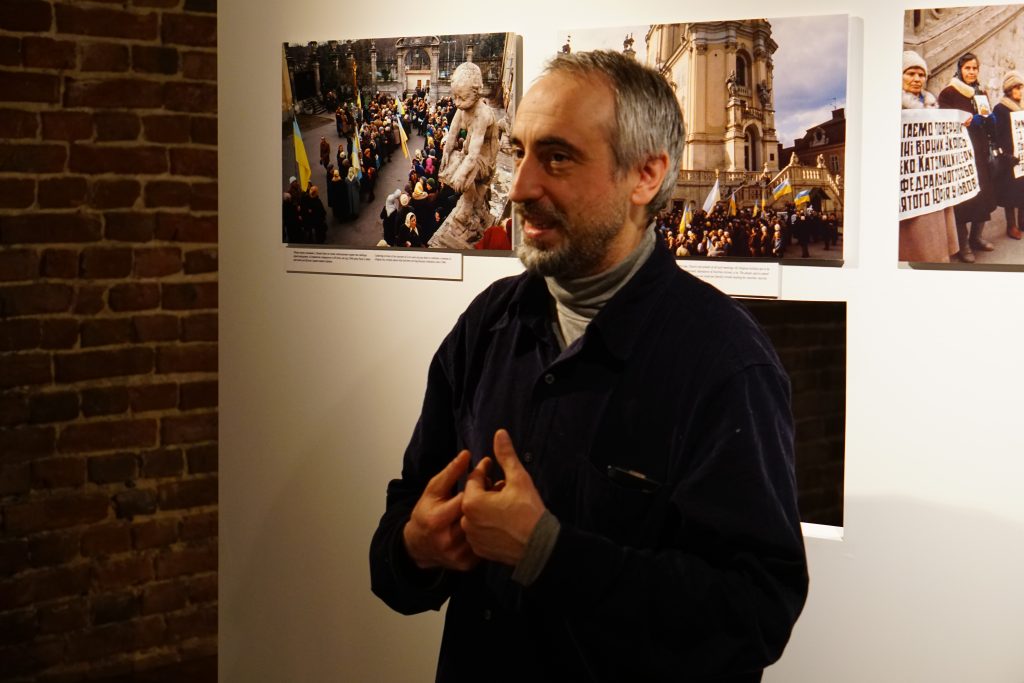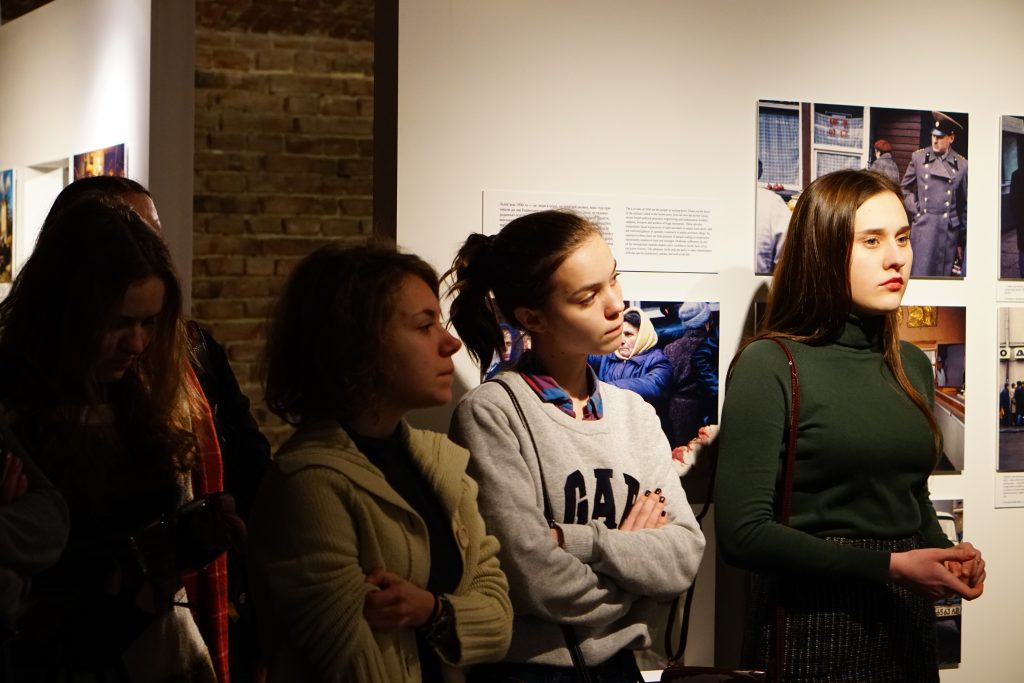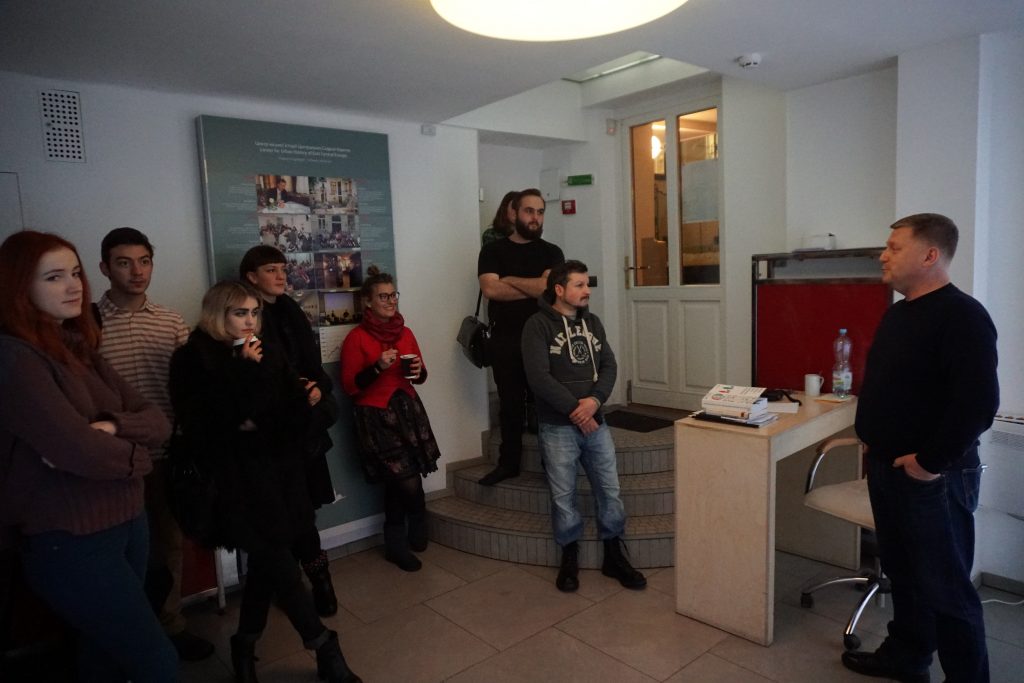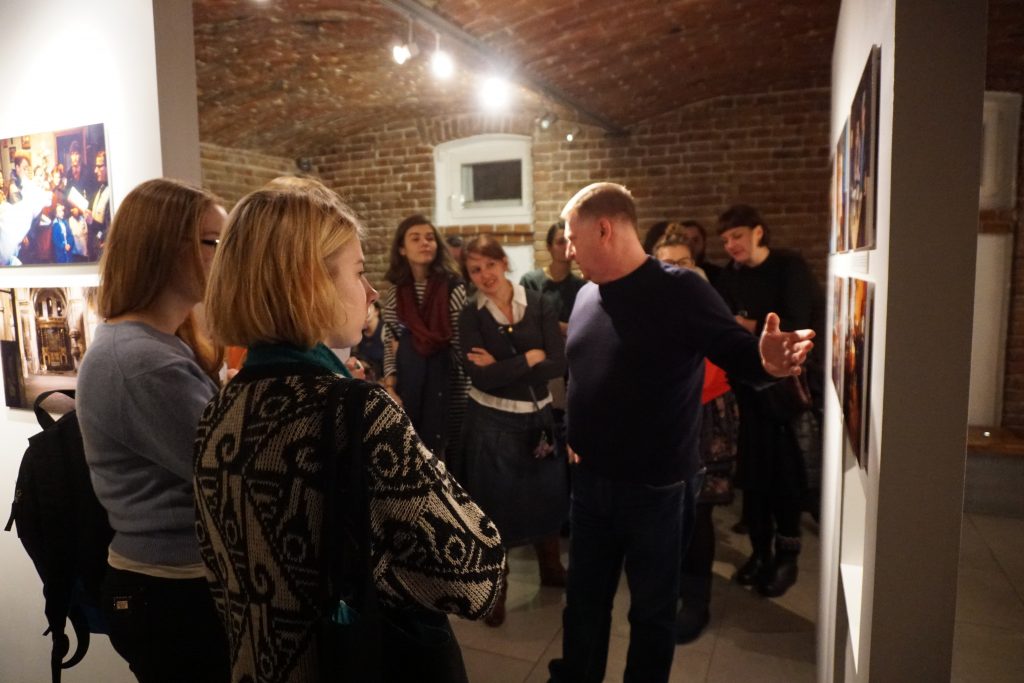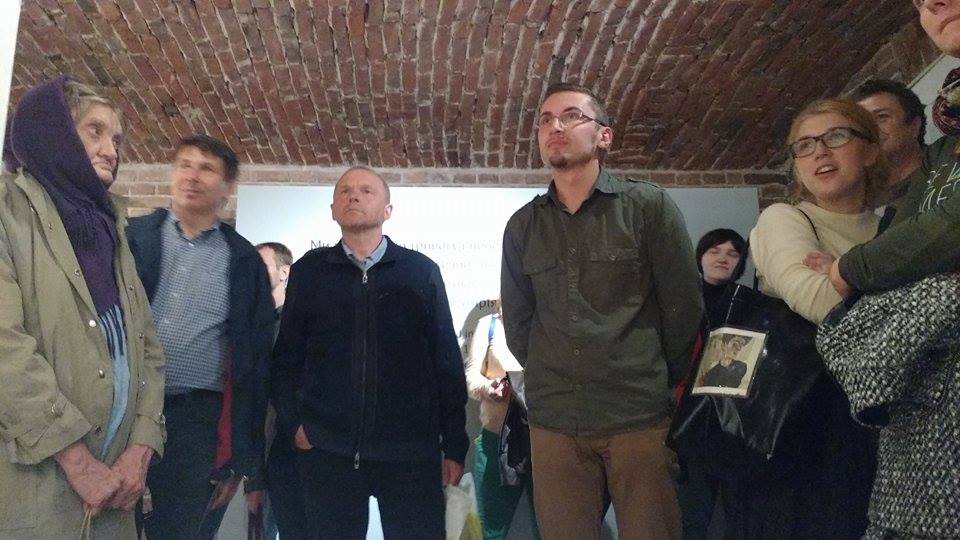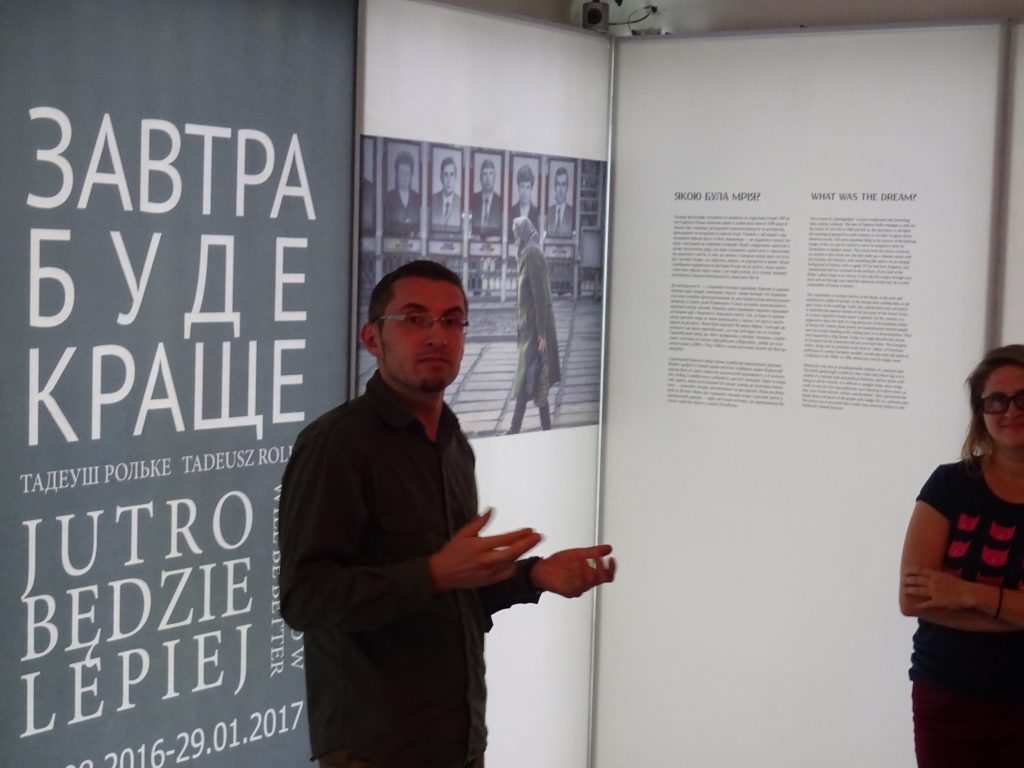Guided tours along the exhibition "Tomorrow Will Be Better"
28 вересня 2016 - 26 квітня 2017
All excursions are free of charge.
The researcher told how the political elites who came to power have changed and what consequences this has had at the local and national level. “The dream of several generations of Galicians – to live in independent Ukraine – has come true. Therefore, some Lviv politicians have moved from anti-system opposition to participating in state-building, and some of them have held high-level government positions.” History of Lviv Vol.3 Lviv is the birth of a new policy. From the Komsomol and Communists to the mass democratic movement Andrij Bojarov will be telling about the history of development of Tadeusz Rolke’s project on the photo documenting of Lviv in 1989-1991, and about the idea for launching the exhibition “Tomorrow Will Be Better”: From Finding the Photos to Opening. The talk will run on its versatile nature and the role in the history of photography through the retrospective on the creative activities of Tadeusz Rolke. The excursion will also mention how the exhibition design reflected key motifs of his creativity and the many years of a career of a professional photographer, as well as the basics of working with the subjects and objects of his photographs. Photographic images can become sort of ‘windows’ into the past. The images themselves won’t tell much. However, even an unprepared person would immediately spot the turbulence of truly historic change. Photographs are the artifacts of history and the visual element thereof. But they can lose their value without due interpretation and analysis. Vasyl Rasevych is a historian and a publicist. He will try to expand the contexts of Tadeusz Rolke’s photos. He would explicate the ‘codes’ of history on the basis of academic research of the interesting period, and from his own experience. That is why he will be talking not only as a historian but also as an eye-witness of the 1990s developments. The co-author of the exhibition will be telling about the mainstream events of the late 1990s and about mundane things and cultural processes of this near times that have already become history. He will tell about the development of standards of new journalism in Lviv in the 1990s. The story will go about the development and shaping of young journalists and the impacts they felt from the West; about the development of opposition and pro-government publications, the influence “Lviv-based” journalism had on the Ukrainian practices, as well as about information and its dissemination He will tell us about how the exhibition was created from the very inception till the opening. The excursion will focus on the principles the Center for Urban History used to develop a comprehensive approach, on the technicalities of planning and implementation, on engaging multimedia technologies. During the excursion, you will be able to understand advantages and deficiencies of the display, and to compare expectations of the exhibition authors and of the visitors. He will talk about the unpredictable times of the transformations of the 90s, both from the perspective of a professional historian and from the perspective of a participant in events. What happened to the country at that time and how did it affect the further development of Ukraine, as well as personal impressions of the events of the 90s, and how did it affect the development of society? The whole story will be based on photos by Tadeusz Rolke presented at “Tomorrow will be Better’. The exhibition is not only photographs and narratives, but also design. We will also discuss metaphoric design solutions that are used to in the exhibition to assist in the display, interactive elements, and programs for children. Photographic exhibitions can take different forms. Sometimes they involve conceptual photography, sometimes documentary photographs and other times genre photographs. But how many layers are depicted in two-dimensional pictures? Are photographic exhibitions only photographs, available for viewing or are they complex things (photograph, information, design) combined in one physical space? Yevhen Chervoniy will talk about the photograph as a historic document that tells of a much broader phenomenon than the moment it documented and of text narratives as complementary elements of the exhibition. During the tour we will try to look deeper into the photographic exhibition, to follow the storyline and highlight specific sub-theme events depicted in Tadeusz Rolke’s photographs.Vasyl Rasevych
Andrij Bojarov
Vasyl Rasevych
Lubomyr Petrenko
Yevhen Chervonyi
Vasyl Rasevych
Yevhen Chervoniy
